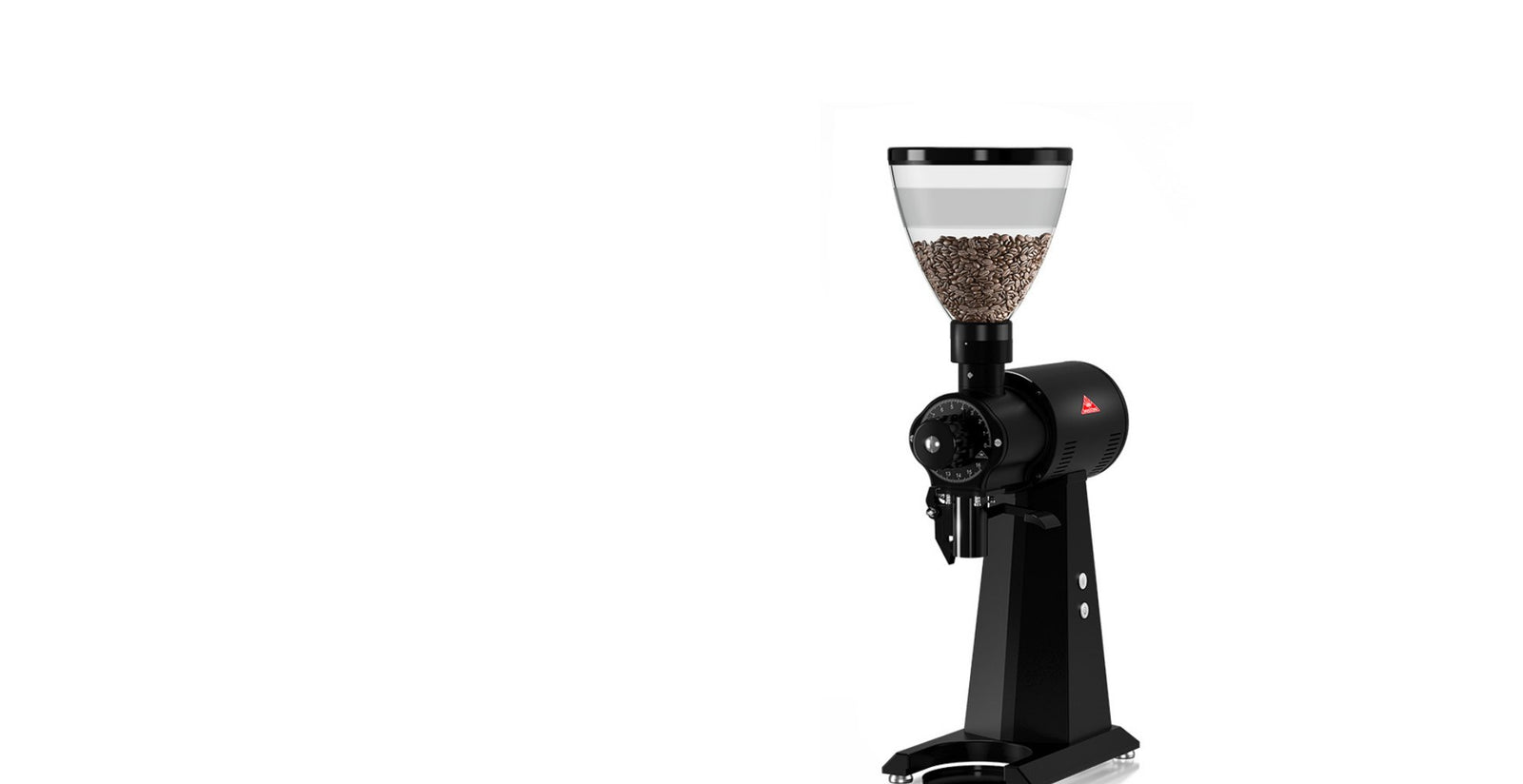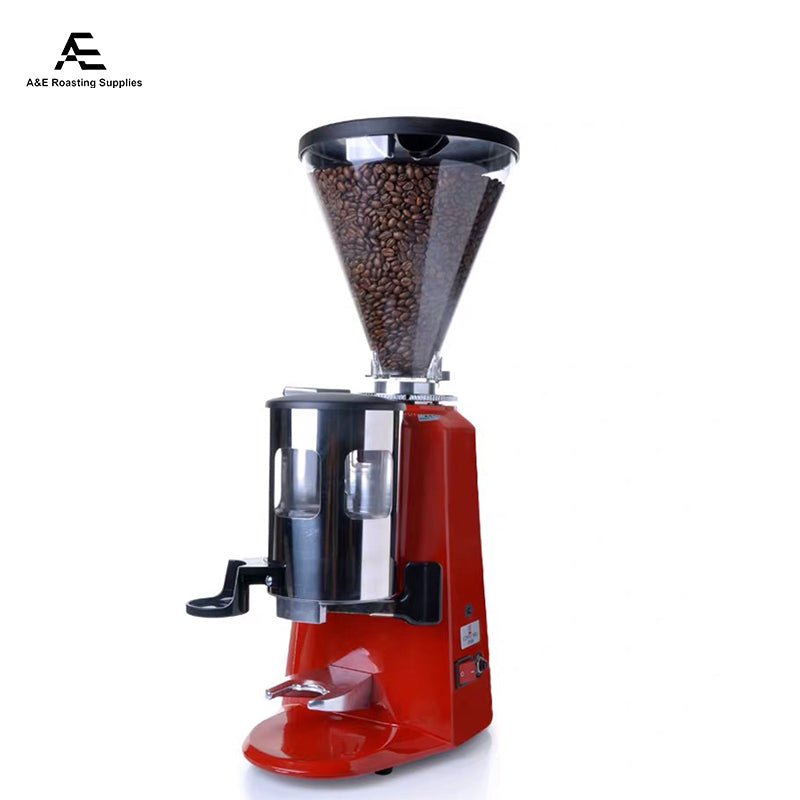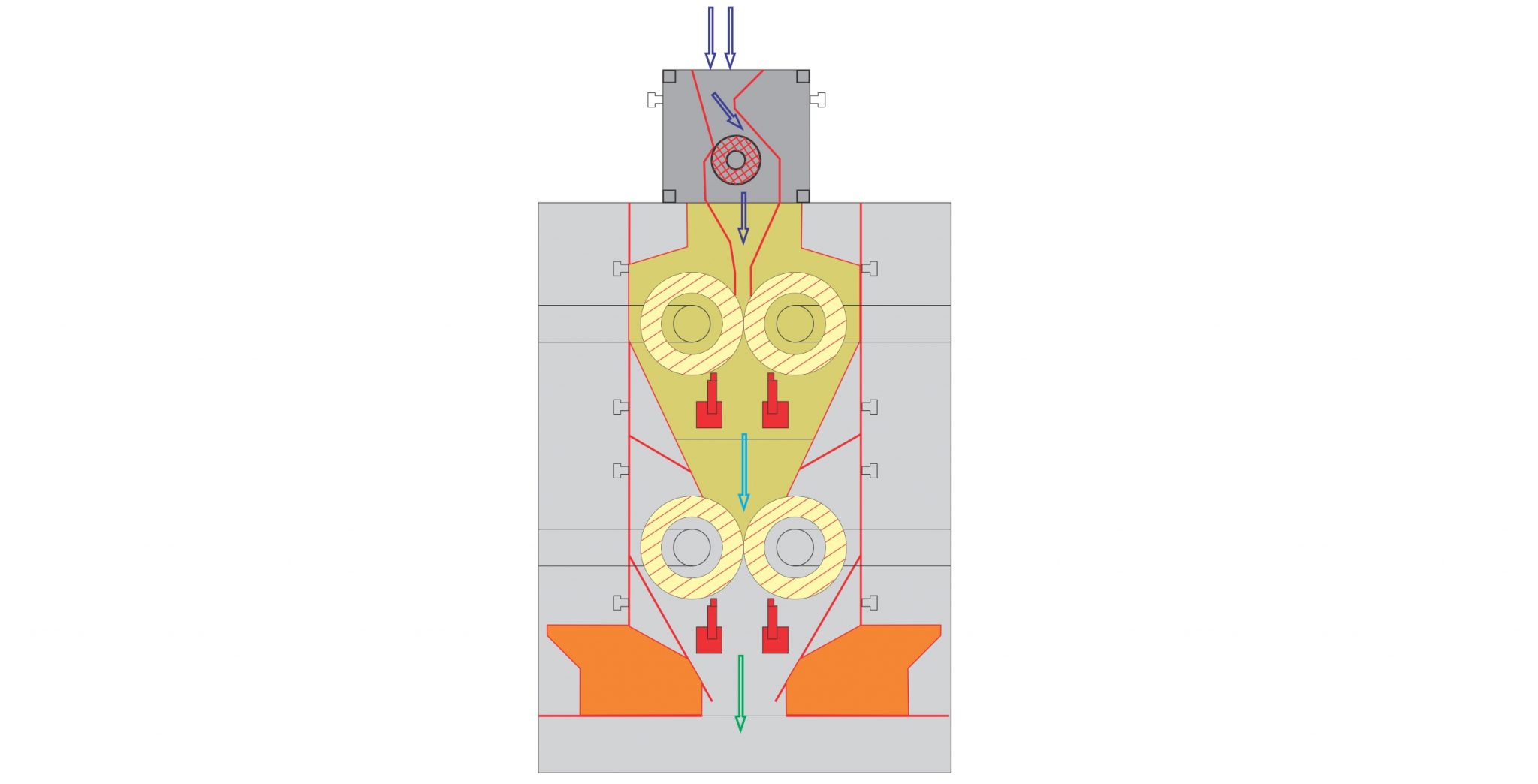Industrial Coffee Grinder: Choosing the Right Fit for Your Business
Industrial Coffee Grinder: Choosing the Right Fit for Your Business
Blog Article
Just How to Select the Perfect Industrial Coffee Grinder for Your Service
Picking the suitable industrial coffee grinder for your company is a complex decision that calls for careful consideration of several crucial variables. In addition, understanding the various kinds of grinders available can substantially affect your operational efficiency.
Assess Your Grinding Requirements
When choosing an industrial coffee grinder, one need to first analyze their grinding requirements to make certain optimum performance and consistency. This initial examination entails recognizing the quantity of coffee to be processed daily, along with the preferred grind size for different developing methods. A high-capacity grinder may be needed for organizations offering big amounts of coffee, while smaller procedures may locate a more portable design adequate.
Additionally, it is vital to take into consideration the kinds of coffee beans being utilized, as various beans might require details grinding methods to attain the very best flavor profile. Oily beans could necessitate a grinder created to deal with such qualities without overheating or clumping.
An additional essential variable is the called for work uniformity. Specialty coffee businesses commonly demand accurate work dimensions to enhance removal and taste, making it important to pick a mill that can deliver consistent outcomes. Lastly, evaluating the available space and electric needs will certainly assist in picking a grinder that fits perfectly right into your functional operations. By completely examining these factors, organizations can make educated choices that line up with their coffee grinding demands, ultimately leading to a remarkable item and completely satisfied clients.
Understand Grinder Types
Comprehending the numerous types of commercial coffee grinders is important for making an informed choice that fulfills particular operational requirements. There are primarily two classifications of grinders: blade grinders and burr mills.
Blade mills utilize rotating blades to slice the coffee beans, causing an irregular work size - Industrial Coffee Grinder. While they might be extra cost effective, they are frequently not ideal for industrial applications where accuracy is necessary
On the various other hand, burr mills provide a more uniform work by crushing the beans in between two surfaces. They can be further categorized right into level burr and cone-shaped burr grinders. Apartment burr grinders offer a regular work dimension and are usually favored for espresso preparation, while cone-shaped burr mills are versatile and can handle an array of mixture methods, from coffee to French press.
When selecting a grinder, take into consideration the certain needs of your organization, consisting of preferred work uniformity, production quantity, and the sorts of coffee drinks you intend to offer - Industrial Coffee Grinder. Each grinder type has its advantages and restrictions, so understanding these nuances enables educated decision-making that straightens with operational objectives
Evaluate Work Size Uniformity
Attaining grind dimension consistency is vital for producing top notch coffee, as variations in bit size can substantially influence extraction and flavor. When picking a commercial coffee grinder, it is essential to review how well the maker preserves uniformity in work dimension throughout different sets. Inconsistent work sizes can lead to irregular extraction, causing a mug that might taste weak or excessively bitter.
To analyze grind size consistency, think about mills with attributes such as adjustable grind settings and go right here high-quality burrs. Burr mills, particularly, master creating consistent bit dimensions compared to blade mills. The material and shape of the burrs play a crucial function, with stainless steel and ceramic options offering durability and accuracy.

Take Into Consideration Production Capacity
In the hectic globe of coffee manufacturing, taking into consideration production capacity is vital for organizations aiming to meet demand without compromising quality. The manufacturing capacity of an industrial coffee grinder directly influences a company's capability to meet orders effectively, handle stock, and reply to rising and fall market fads.
When analyzing production capability, it is necessary to assess the grinder's outcome price, generally gauged in extra pounds per hour. This dimension must line up with your company's forecasted sales quantity and growth targets. A café with a high turn over might need a mill that can refine several hundred extra pounds daily, while a smaller procedure could be adequate with a reduced capability version.
In addition, consider the sort of coffee being refined. Different beans and blends may influence grinding rate and efficiency, demanding a grinder efficient in managing diverse production needs. It's additionally worth factoring in the grinder's capacity to maintain consistent quality under high output conditions, as check my reference any fluctuations can affect the last product.
Inevitably, selecting a mill that matches your service's manufacturing ability will guarantee you remain competitive and receptive to customer assumptions.

Budget Plan and Maintenance Aspects
When reviewing the right commercial coffee budget plan, grinder and maintenance elements play a substantial function in the total decision-making procedure. A preliminary investment in a top notch mill can generate long-term benefits, yet it's important to establish a clear spending plan that straightens with your service's operational demands. Take into consideration both the purchase rate and prospective functional prices, such as energy usage and substitute components.
Industrial coffee grinders need normal upkeep to guarantee ideal efficiency and durability. Review the supplier's recommendations for maintenance, including cleansing routines and components substitute, as these will influence lasting operational expenses.

Spending in a grinder that is long lasting yet easy to preserve can save cash over time. While lower-priced options may be tempting, they may incur higher upkeep prices and lowered efficiency. Eventually, stabilizing preliminary costs with long-term upkeep and functional efficiency will lead you to the very best option for your business's coffee grinding requirements.
Verdict
Selecting the perfect industrial coffee grinder demands a complete analysis of grinding requirements, grinder types, grind size uniformity, production capability, and monetary considerations. By prioritizing these elements, organizations can guarantee the procurement of a dependable, efficient mill that satisfies specific operational demands. An appropriate grinder not only boosts the high quality of the coffee created yet likewise adds to the overall success and profitability of the enterprise. YOURURL.com Long-term efficiency and maintenance convenience need to remain central to the decision-making process.
Specialty coffee businesses usually demand specific work dimensions to boost removal and taste, making it essential to choose a mill that can supply consistent outcomes. Flat burr mills offer a regular work size and are commonly favored for espresso preparation, while cone-shaped burr mills are functional and can deal with a range of mixture techniques, from coffee to French press.
When choosing a commercial coffee grinder, it is crucial to examine just how well the equipment preserves harmony in grind dimension across various batches. Burr grinders, in specific, excel in generating consistent particle dimensions contrasted to blade mills.Picking the suitable commercial coffee grinder necessitates a thorough evaluation of grinding needs, grinder types, grind size uniformity, manufacturing capacity, and monetary considerations.
Report this page